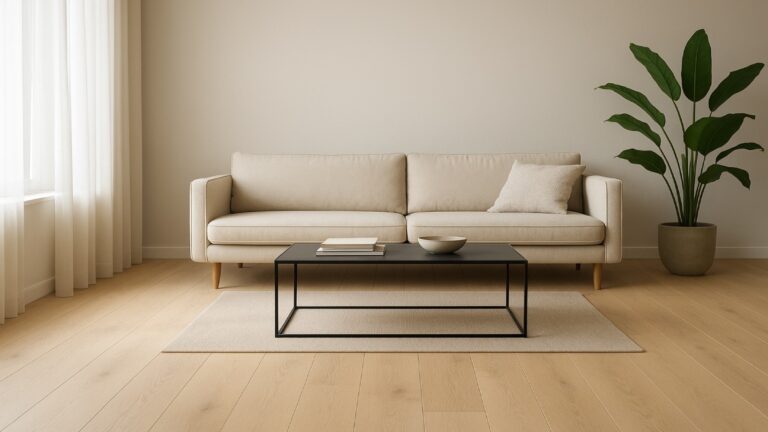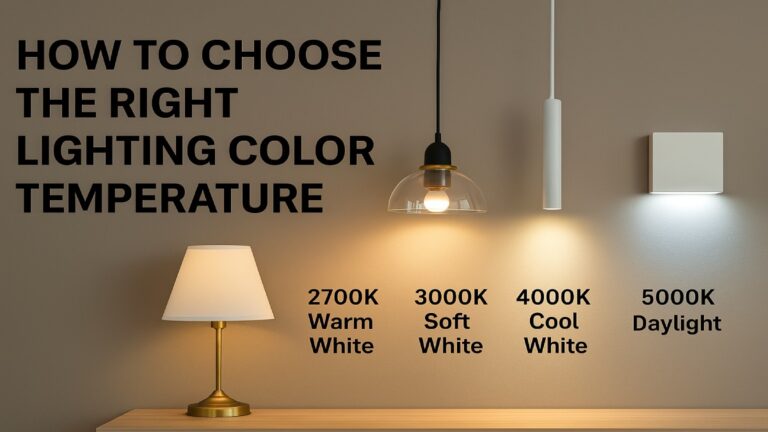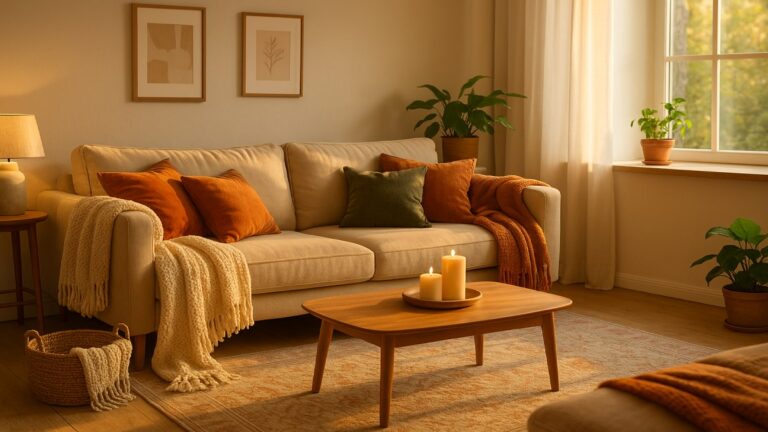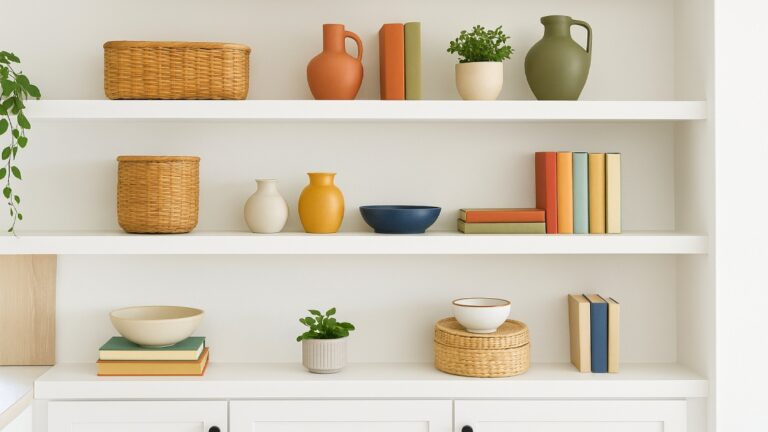Accent Wall Color Ideas to Refresh Any Interior
Accent walls have made a powerful comeback in modern home design, proving that a single wall can transform an entire space. With paint trends shifting toward warmth, comfort, and subtle sophistication, adding an accent wall has become one of the easiest ways to refresh your interior without committing to a full remodel. The right color can set the tone, highlight architectural details, and bring personality to any room.
In 2025, color experts from top brands like Benjamin Moore, Sherwin-Williams, and Dulux are moving beyond bold contrasts. They’re embracing nuanced tones—cinnamon browns, lilac-gray, olive green, and warm beige—that deliver a calm yet stylish impact. Whether your goal is to make a small room feel larger or to add depth to a neutral space, these accent wall color ideas can help you create a balanced, inviting home.

The Return of the Accent Wall in Modern Interiors
From Statement Walls to Quiet Luxury
For years, accent walls were associated with bold primary colors or dramatic contrasts. Today’s approach is more refined. Designers are favoring muted hues that create depth without overpowering the room. This shift aligns with the growing “quiet luxury” trend—where elegance is expressed through balance and restraint rather than excess.
Benjamin Moore’s Cinnamon Slate and Sherwin-Williams’ new Color Capsule palettes show how mid-tone browns, taupes, and mauves can feel timeless. These colors pair well with warm whites, brass finishes, and natural wood, creating an effortlessly coordinated look that works across various design styles—from modern farmhouse to minimal contemporary.
Color Psychology Behind Accent Walls
Accent colors influence more than just aesthetics; they shape how a space feels. Earthy browns bring warmth and stability. Soft lilac-gray inspires creativity and calm. Olive green connects your home to nature, offering a grounded, peaceful tone perfect for living rooms and bedrooms. When planned intentionally, an accent wall can subtly affect mood and comfort.
When to Add an Accent Wall
Accent walls are ideal when you want a low-risk, high-impact design update. They add visual interest to open layouts, define zones in multifunctional spaces, and highlight architectural features like fireplaces, headboards, or built-in shelving. For renters or homeowners on a budget, it’s the simplest way to make a design statement without overhauling the entire space.
Choosing the Perfect Wall for an Accent
Rule of Focus and Architecture
The best wall to paint is usually the one that naturally draws attention. In a living room, that might be the wall behind your sofa or TV. In a bedroom, it’s typically the headboard wall. The key is to let the accent enhance a focal feature instead of competing with it. Avoid painting walls cluttered with doors or windows, as they interrupt the flow of color.
Room-Specific Placement Tips
- Living Room: Highlight the main seating wall to anchor furniture visually.
- Bedroom: Use color behind the bed to create a calming focal point.
- Dining Room: Frame the dining table with a warm-toned accent for an inviting feel.
- Entryway or Hallway: Deep hues on short walls add depth to narrow spaces.
Proportions and Lighting Considerations
Light direction impacts how color reads. North-facing rooms benefit from warm undertones to offset cool light, while south-facing rooms can handle cooler tints to balance brightness. Follow the 60-30-10 color rule—60% main color, 30% secondary, 10% accent—to maintain visual harmony.
Top Accent Wall Color Ideas for 2025
1. Earthy Browns and Caramel Tones
Rich brown hues are redefining modern comfort. A cocoa or caramel wall pairs beautifully with brass hardware, tan leather, and light linen upholstery. This palette evokes warmth without heaviness, ideal for living or dining rooms. Try a satin finish to reflect soft daylight and highlight the natural wood tones in your furniture.
2. Moody Plum and Cinnamon Shades
Plum-inspired shades like Cinnamon Slate or muted aubergine deliver sophistication and a sense of intimacy. These tones work best in bedrooms or small studies where you want to feel cocooned. Complement with neutral bedding, cream drapes, and brushed gold accents to balance richness with airiness.
3. Soft Lilac-Gray and Dusty Mauve
Delicate lilac-grays add a subtle yet modern touch, especially in minimalist interiors. They reflect daylight gracefully and pair effortlessly with warm white trim. For a gender-neutral approach, mix these shades with light wood and matte black fixtures to keep the look balanced.
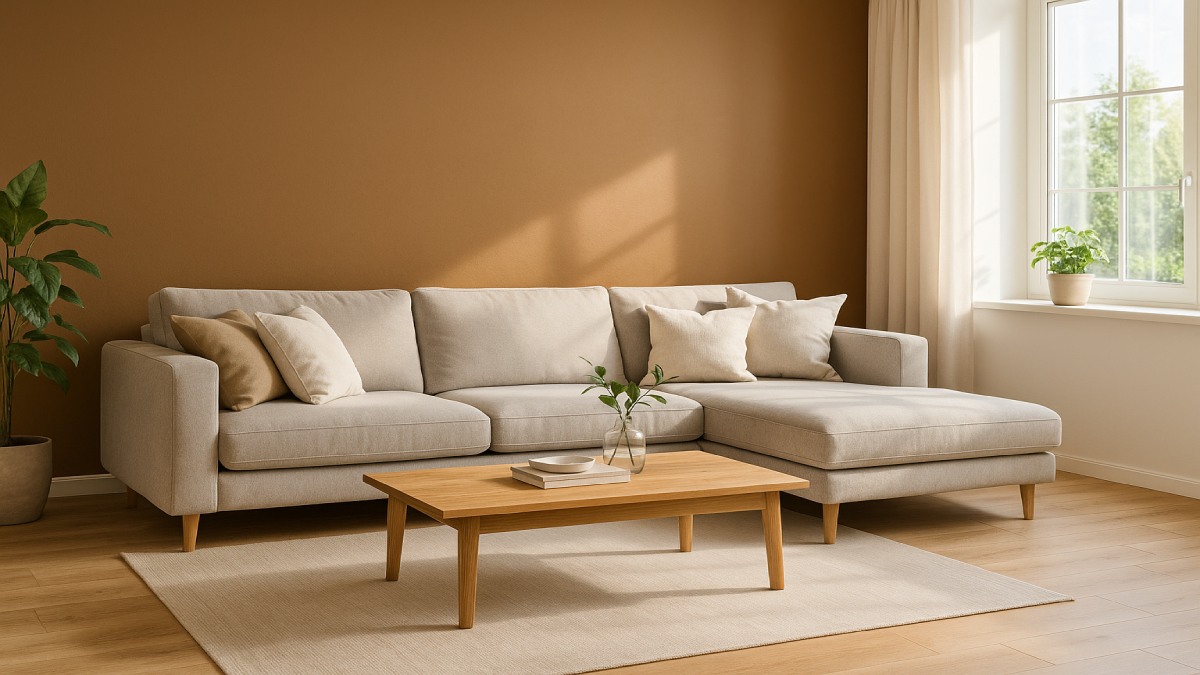
4. Olive Green and Botanical Hues
Nature-inspired colors remain timeless because they create tranquility and connection. Olive, sage, and moss green tones bring a soft organic character to rooms with ample natural light. Pair them with rattan, linen, or stone textures for a calming biophilic design effect.
5. Warm Whites and Beiges as Subtle Accents
Monochrome schemes are no longer dull when layered with depth. Slightly warmer whites or beige tones used on one wall can create tone-on-tone sophistication. Try combining an eggshell finish on the accent wall with matte paint on surrounding walls for understated contrast.
6. Cheerful Yellows and Optimistic Accents
Soft yellow walls add energy to kitchens or breakfast nooks. A buttery hue brightens darker corners and enhances natural light reflection. Balance it with white cabinetry and neutral flooring to keep the palette refreshing rather than overwhelming.
Application Techniques That Elevate the Accent
Matte, Satin, or Gloss: Which Finish Works Best?
Finish affects both mood and maintenance. Matte paints hide imperfections and deliver a velvety, elegant look—great for bedrooms or living rooms. Satin offers slight sheen and is easier to clean, perfect for high-traffic areas. Gloss finishes, when applied strategically to trim or ceiling moldings, can add drama and highlight architectural features.
Color Drenching for Bold Cohesion
“Color drenching” involves painting the walls, ceiling, and even trim in one unified hue. It’s a powerful way to add sophistication and make small rooms feel intentional and enveloping. This approach works especially well in home offices or libraries, where rich colors enhance focus and coziness.
Two-Tone or Split Wall Concepts
Dividing a wall horizontally or vertically creates visual interest without overwhelming the room. You can pair a deeper shade on the bottom with a lighter neutral on top or create geometric divisions for a modern look. Complement with simple decor so the pattern remains the star.
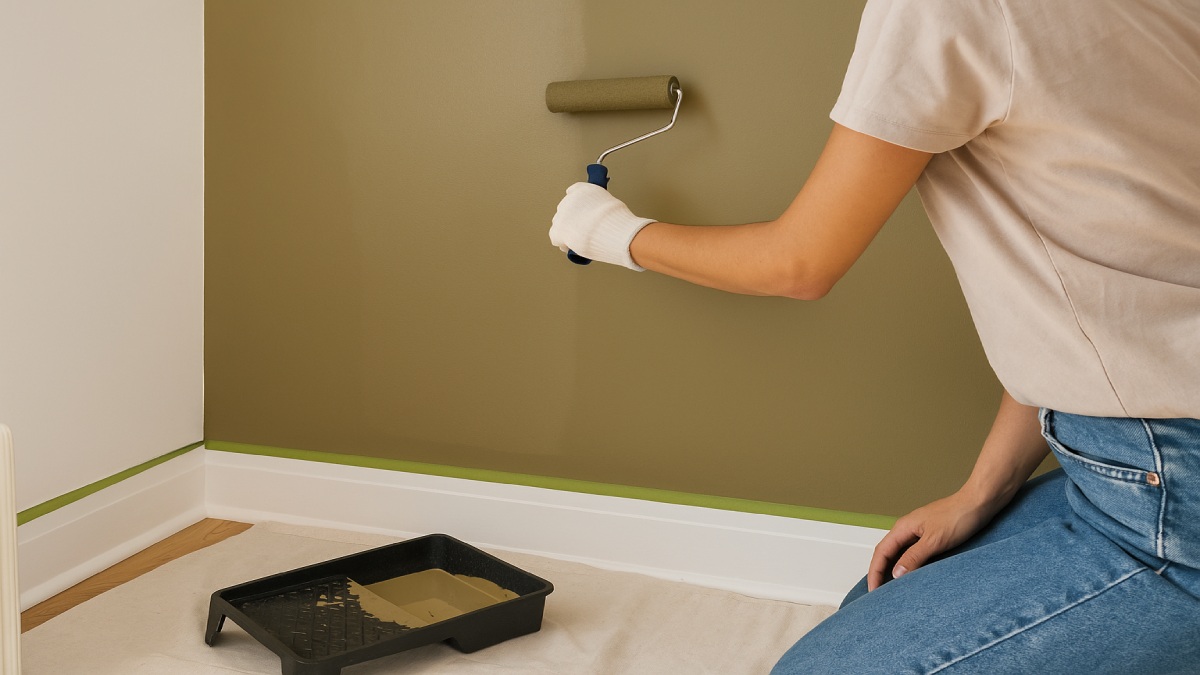
Pairing Accent Colors with Furniture and Decor
Finding Harmony Across Materials
The success of an accent wall often depends on how it interacts with furnishings. Warm brown or plum tones pair well with oak and brass, while cooler shades like lilac or gray benefit from chrome, marble, or glass surfaces. Matching undertones—cool with cool, warm with warm—ensures visual consistency.
Textures, Textiles, and Accessories
Accent colors pop when echoed in smaller decor elements. Think throw pillows that reflect the wall hue, a rug with complementary undertones, or a framed artwork with subtle color repetition. Textures such as linen, wool, or velvet bring depth and prevent the color from feeling flat.
Lighting Makes All the Difference
Lighting determines how paint appears. Natural daylight shows true color, while artificial lighting shifts tones warmer or cooler. Use warm-white LED bulbs to enhance cozy hues like beige or brown. In contrast, daylight bulbs emphasize crispness in lilac-gray or white walls. Always test paint swatches under both lighting conditions before finalizing a shade.
Common Accent Wall Mistakes to Avoid
- Painting multiple walls: Too many accents dilute the focal impact.
- Ignoring room lighting: Colors may appear dull or harsh if not tested first.
- Using the wrong finish: Glossy paints magnify imperfections on textured surfaces.
- Forgetting undertones: Mismatched undertones clash with flooring or decor.
- Neglecting proportion: Oversized dark walls can visually shrink small rooms.
Accent Wall Ideas by Room Type
Living Room
Opt for earthy brown, olive, or cinnamon tones to create a welcoming center point. Balance deep shades with neutral sofas, layered textiles, and soft lighting. The goal is to anchor the seating area without overwhelming it.
Bedroom
Bedrooms benefit from calming tones like plum, beige, or dusty mauve. Paint the wall behind the bed for a restful effect, and complement with crisp white bedding and wooden nightstands. Consider a matte finish for a cozy, velvety appearance.
Dining Area
Introduce warmth with caramel, terracotta, or olive hues. These colors stimulate appetite and conversation, making them perfect for gathering spaces. Pair with metallic lighting fixtures or wood accents for harmony.
Home Office or Reading Nook
Dark olive, navy, or muted plum encourage focus and concentration. Keep decor minimal and add a contrasting neutral rug or chair to prevent the space from feeling enclosed.
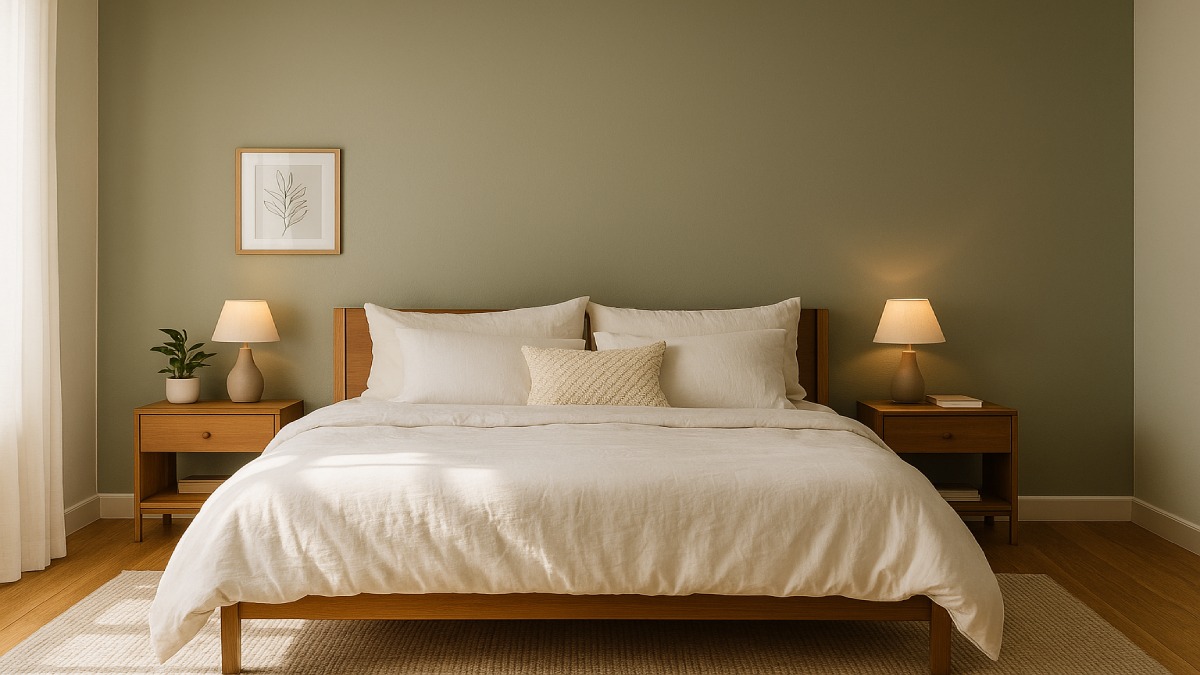
Maintenance and Longevity Tips
To keep your accent wall looking freshly painted, use high-quality, washable paints designed for interior durability. Clean the surface occasionally with a damp microfiber cloth to remove dust and fingerprints. Avoid harsh chemicals that can dull the finish. For satin or matte paints, gentle circular wiping prevents streaks and keeps the wall’s texture uniform. Touch up small marks yearly to preserve the crisp, vibrant look.
Conclusion: A Simple Change That Transforms Your Space
An accent wall is more than a color choice—it’s a creative expression that redefines your living environment. The 2025 color trends emphasize balance, warmth, and individuality, giving homeowners countless ways to refresh a room without expensive renovations. Whether you choose a rich brown for sophistication or a soft lilac for serenity, your chosen hue can influence emotion, light, and flow.
Start small: pick a wall that feels natural to highlight and test a few swatches under different lighting. A well-chosen accent wall adds depth, character, and personality to any interior—proving that sometimes, one wall really can change everything.

